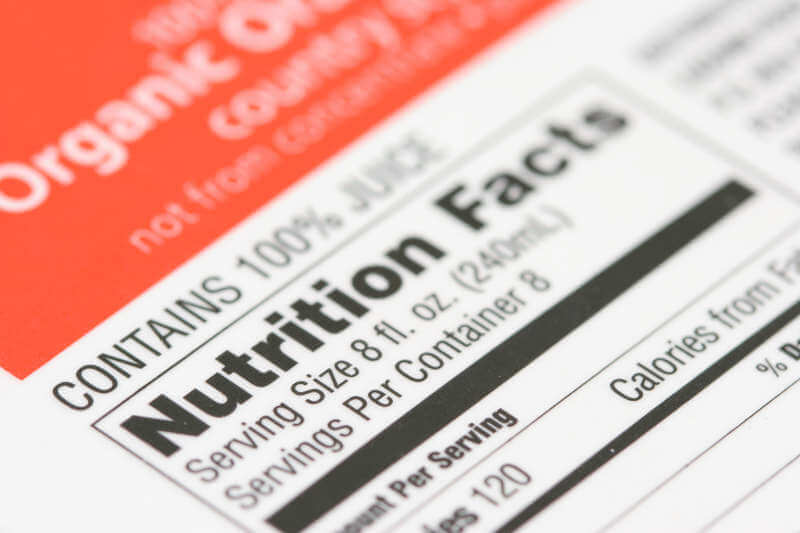 Some of the health terms out there seem to be thrown around pretty loosely, but what do they really mean? Is everything natural that says it is? What does organic really mean? Learn more here.
Some of the health terms out there seem to be thrown around pretty loosely, but what do they really mean? Is everything natural that says it is? What does organic really mean? Learn more here.
High-Protein is rumored to help consumers get into shape and even drop some pounds. This is unfortunate because of the fact that many are likely to overeat when it comes to protein filled foods thinking they’re eating healthy. When in reality, too much of most anything isn’t good for you. It’s also important to remember that the protein sources of “high-protein” foods are often manipulated, and that you might not be getting exactly what you think you are.
Zero Trans Fat, although it sounds like it should mean that there are no trans fats – the meaning is actually a little different. A special clause food companies to label foods up to .5 grams of trans fat as “zero trans fat.” – This really starts to add up after a few servings. Don’t forget that trans fats are the ones that raise the “bad cholesterol.”
Fat-Free foods are usually full of empty calories, and there’s a good chance that they won’t be satisfying to you for very long. Our bodies actually need fat to be satisfied and full. It’s better to skip the fat-free foods and simply eat in moderation.
All-Natural is a term that has not been defined by the FDA (Food and Drug Administration). Although things like fruits and vegetables do come from nature, there is no true meaning or definition to the phrase “all-natural” or “natural” to date. – That is left to the discretion of the company which produces the food product.
Low-Carb labels can also be misleading. It’s an overwhelmingly popular phrase – however, many of the products sporting a low-carb label also contain a large amount of artificial sweeteners and processed fibers – which aren’t at all healthy.
Sugar-Free | No Sugar Added Products sporting a label claiming that there is no sugar added, or that the product is completely sugar free – are certainly something to be wary of. Chances are that very same product is teeming with artificial sweeteners – which are known to be particularly dangerous.
High-Fiber foods contain a large amount of processed fiber (much like high-protein foods). “Functional fibers” – like those added to fiber-rich foods are things like polydextrose, oat fiber, and chicory root aren’t naturally occurring fibers, and they don’t have a ton of nutritional fibers – they’re also known to cause bloating and gas.
Gluten-Free is a new one that we’re certainly seeing more of. These food items have to be gluten or wheat free (because these ingredients are potentially harmful to those with Celiac disease or that have wheat/gluten allergies). These products are typically extremely high in calories.
Organic labeled foods are required to contain at least 95% organic ingredients which means ingredients free of hormones, genetically modified ingredients, additives, radiation, or antibiotics. Keep your eye out for high calorie content with foods labeled, ‘organic.’
Source
